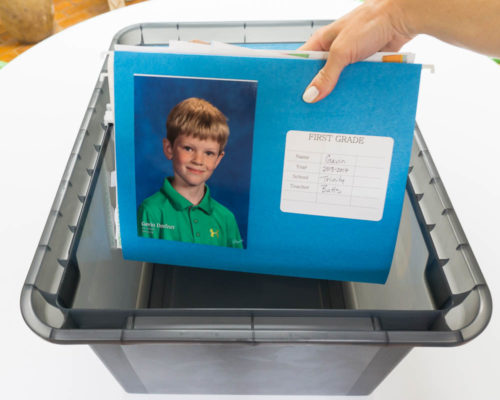For most of us, summer has arrived. That means endless days in the sun. But, it can also mean a few sunburns and getting some skin damage while you’re at it. As far as sunscreen goes, are you doing it right?
As I’m creeping near 40, I have been on a quest to reverse all the crazy sun tanning I did to myself as a teen. I am a porcelain (pale) skinned gal, so tans never came easily. Being a kid from the 90’s I would “lay out” with no sunscreen of course. Sometimes with baby oil! Get a good burn, which will eventually turn into a tan and call that success!
Oh I wish I could go back and wag my finger at my younger self!

Well, it’s not too late to prevent even more damage. So, I’m a sunscreening fool these days.
One thing I’ve heard is that there is a common theme about sunscreen. We’re doing it wrong!
So, I asked Dr. Rachel Chandler, MD, a Dermatologist, a few questions. Dr. Chandler is a lead dermatologist at Midland Dermatology and Skin Cancer Center and she is board certified in dermatology, practicing general, surgical and cosmetic dermatology.
Q. What’s the #1 thing people do wrong when applying sunscreen?
A. When applying sunscreen, most people don’t apply it liberally enough, often enough or early enough. Sunscreen should be applied more liberally than regular lotions; usually about an ounce is required for the exposed areas of skin. Also, each sunscreen is now required to have the duration of action on the label. It is not enough to apply sunscreen once for the entire day; you need to reapply every 2 hours or follow the recommendation on the sunscreen label. When in the water or sweating, make sure to reapply more often, especially after towel drying.
Another thing people forget is to apply sunscreen when it is cloudy. Clouds only block about 80% of UV light, so you can still get sunburned when the sun isn’t out.
Q. What types of ingredients or sunscreens are the best to use?
A. Overall, anything that states that it is broad spectrum, covering both UVA and UVB light spectrums is the most important. You should use a sunscreen that is water resistant. There are multiple ingredients in sunscreen, too many to really keep track of! There has been a lot of discussion about different ingredients and whether the absorption through the skin could potentially cause problems. These reports have not been substantiated, but if you are concerned, stick with pure physical blocker sunscreens- those containing zinc and titanium oxide. These do need to be applied in a thick layer and reapplied frequently.

Q. I’ve heard that we should use a minimum of 30 spf and anything over 50 is a waste. Is that true?
A. Yes, if sunscreen is applied correctly, there is not a significant increase in protection when using an SPF above 30, which blocks out 97% of UVB rays. Sometimes using a higher SPF gives people a false sense of sun protection. Saying this, we often don’t apply enough sunscreen, so applying a higher SPF may give more protection.
Q. Some people, such as myself break out after using some sunscreens. What should we be avoiding to keep that from happening?
A. Avoid sunscreen that contain any fragrance, parabens, PABA, or oxybenzones ( in general- anything that has benzo in the name). For sensitive skin, it may be better to say away from chemical sunscreens all together and just use products containing zinc or titanium oxide. If acne breakouts are a problem, use a sunscreen that says non-comedogenic and this can help keep the skin clear and sun protected.

Q. Are sprays safe to use or is inhalation an issue we need to watch out for, particularly the kids?
A. Spray sunscreens may be inhaled, and the risks to this is unknown. Children often are not able or do not understand how to hold there breath when being sprayed, so it may be best to avoid aerosols in children to prevent inhalation.
In general, aerosols are convenient, but you should not spray directly onto the face. If using a spray, apply to the hands and rub onto the face. Also ensure to apply a through coating, not just a mist onto skin.







